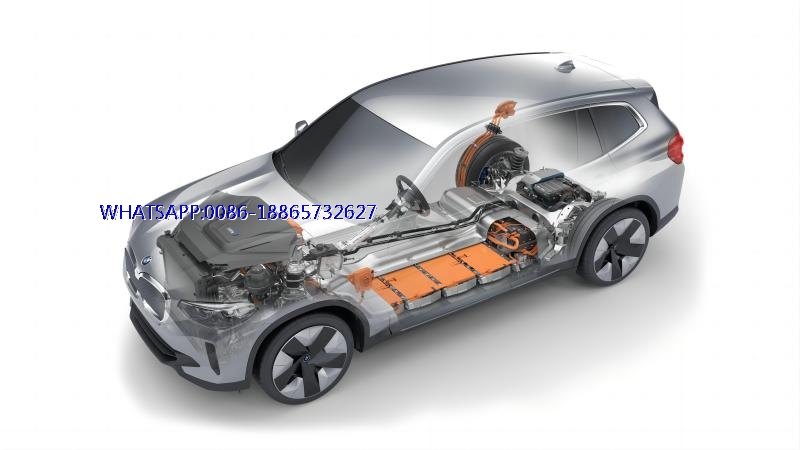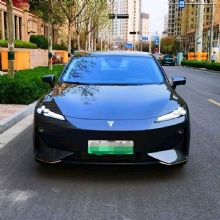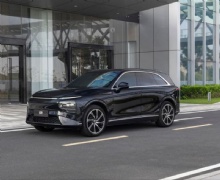Author:MarwenDate:2024-2-29

1. What is a new energy vehicle?
It refers to the use of unconventional vehicle fuels as the power source (or the use of conventional vehicle fuels or the use of new vehicle power devices), integrating advanced technologies in vehicle power control and driving, forming advanced technical principles, new technologies, New structure of the car.
2. Classification of new energy vehicles
The biggest difference between new energy vehicles and traditional fuel vehicles is that at least one power source is new energy. At this stage, new energy vehicles can be roughly divided into three categories according to different power systems. The first type is pure electric new energy vehicles. , which is completely powered by batteries. At this stage, ternary lithium batteries are basically used as the charging carrier, and are generally equipped with a power recovery system. The second type is a hybrid vehicle, which uses a fuel engine and an electric motor as a combined power source. It is generally equipped with energy storage components and an energy control system to adjust the power distribution plan according to driving conditions to effectively improve energy efficiency. The third type is fuel cell vehicles, which use fuel cells as the power source and convert chemical energy into electrical energy through chemical reactions. Compared with other new energy vehicles, fuel cells have higher conversion efficiency.
3. Driving range of new energy vehicles
Driving range refers to the maximum distance an electric vehicle can travel after a full charge. The driving range mainly depends on the charging capacity and power consumption per 100 kilometers, and is also affected by the use environment.
4. Are new energy vehicles really environmentally friendly?
According to research, assuming that all electric energy is generated by thermal power, pure electric new energy vehicles emit about 179g of carbon dioxide, 0.05g of nitrogen oxides, and 0.7g of sulfur-containing compounds per 100 kilometers, while traditional fuel vehicles emit 0.7g of carbon dioxide under the same circumstances. The three emissions are 259.6g, 0.15g, 0.592g. In addition, harmful gases such as carbon monoxide and hydrocarbons are also produced. It can be seen that compared with traditional fuel vehicles, in addition to a slight increase in sulfur-containing compounds In addition, other emissions have been significantly reduced. Moreover, with the continuous development of a series of clean energy sources such as hydropower, wind power and solar power, the energy saving and emission reduction effects of new energy vehicles will also further increase.
5. Are new energy vehicles really energy efficient?
The key to whether a vehicle is energy-saving lies in the conversion efficiency. If the energy consumption of traditional fuel vehicles and new energy vehicles is converted into the same amount of coal, the fuel consumption per 100 kilometers of a gasoline vehicle is approximately equivalent to 10.88kg of coal, and that of a diesel vehicle is approximately 8.11kg. It can be It can be seen that diesel vehicles have better energy saving effect. For pure electric new energy vehicles using ternary lithium batteries, their energy consumption per 100 kilometers is about 5.44kg of coal. Hybrid models supported by planetary gear sets are equivalent to this, while fuel cell vehicles are the most energy-saving, only 4.14kg. kg, it can be seen that the energy saving of new energy vehicles is indeed due to that of traditional fuel vehicles.
↓Next [ Logistics is about to be suspended. Customers who need to ship should place the orders as soon as possible ]







